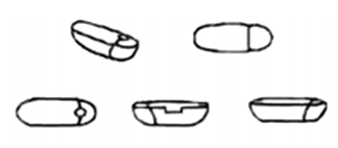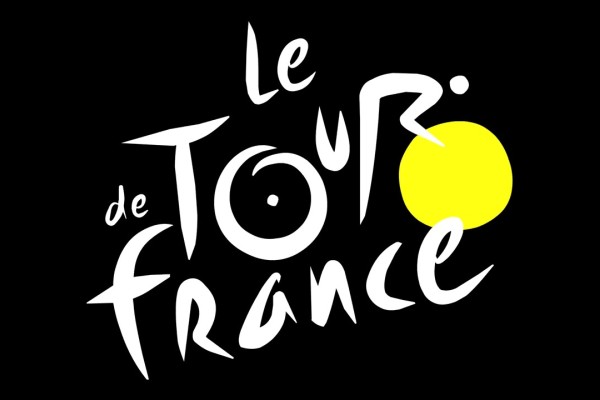The Guerlain “Rouge G” 3D trademark case
The packaging of Guerlain lipstick “Rouge G” was at the center of an interesting IP dispute in Europe that involved a series of important questions related to the specific function that a lipstick case can create.
Through the decision dated July 14th , 2021 the European Union General Court handed LVMH-owned Guerlain a win, overturning an earlier determination of the European Union Intellectual Property Office (“EUIPO”) and its Board of Appeal.
Both offices had refused to register the shape of the French cosmetics and perfume brand’s lipstick case on the basis that the design of the three-dimensional packaging does not “depart significantly” from what others in the beauty segment of the market are doing, and thus, does not have the distinctive character necessary to serve as a trademark.

The General Court held that the mark “have distinctive character because it significantly departs from the norm and customs of the lipstick sector” and focused specifically on two points in furtherance of its decision.
First,the court held that “the assessment of whether [a mark] has distinctive character is not based on the originality or the lack of use of the mark in the field to which the goods and services concerned belong” and more than that, “mere novelty of [a] shape is not sufficient in order to conclude that there is distinctiveness.”
At the same time, the court asserted that “the fact that a sector is characterized by a wide variety of product shapes does not mean that a new possible shape will necessarily be perceived as one of them.”
The General Court refers to the general principle according to which even though the relevant criteria to assess the distinctiveness of a 3D sign are the same as those applicable to other categories of trademarks, one has to take into account the fact that the consumer’s perception is not necessarily the same in the case of a 3D sign, which consists of the appearance of the goods themselves, as in the case of a word or figurative trademark, which consists of a sign that is independent of the appearance of the goods it designates.
As a result, to play the role of a badge of origin, a 3D sign must “significantly diverge from the norm or custom of the relevant sector”.
With the foregoing in mind, the General Court held that the shape of the Rouge G de Guerlain lipstick case – which it says is “reminiscent of that of a boat hull or a baby carriage” – is “uncommon for a lipstick and differs from any other shape existing on the market.”
While Guerlain emphasized the fact that the “aesthetically successful appearance” of the shape would lead the public to perceive this shape as a distinctive sign, the EUIPO was in the opinion that such “aesthetical aspect” is irrelevant.
However, the General Court states that “it cannot be excluded that the aesthetic aspect of a mark taking the form of a product packaging can be taken into account, among other elements, to establish a difference with respect to the norms and customs of a sector, as long as this aesthetic aspect is understood as referring to the objective and unusual visual effect produced by the specific design of the said mark”.
In view of its particular shape and surface markings, the Court considered that the Guerlain’s “Rouge G” lipstick shape will be easily memorized by the public who will perceive it as significantly deviating from the norms and customs of the lipstick sector.
As a result of the subject findings, the Court’s opinion took into consideration such aesthetic effect does not result in an evaluation of the level of beauty of the product which would be subjective and irrelevant, but merely results in a test which purpose is to verify whether the product is likely to generate an “objective and unusual visual effect”.
The Court concluded that Guerlain’s “Rouge G” lipstick’s shape, reminiscent of a boat hull, differs from any other shape on the market.
Guerlain case and its ruling has to be considered as an encouraging example for all the companies that want to register a 3D trademark.


